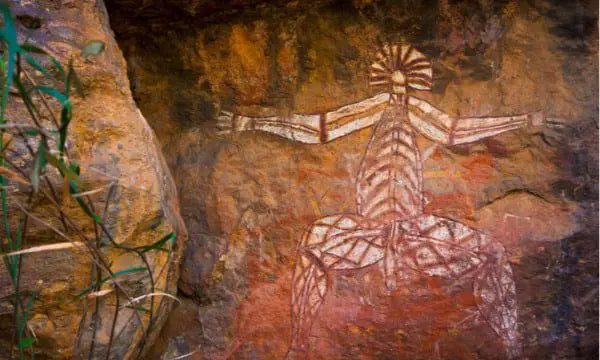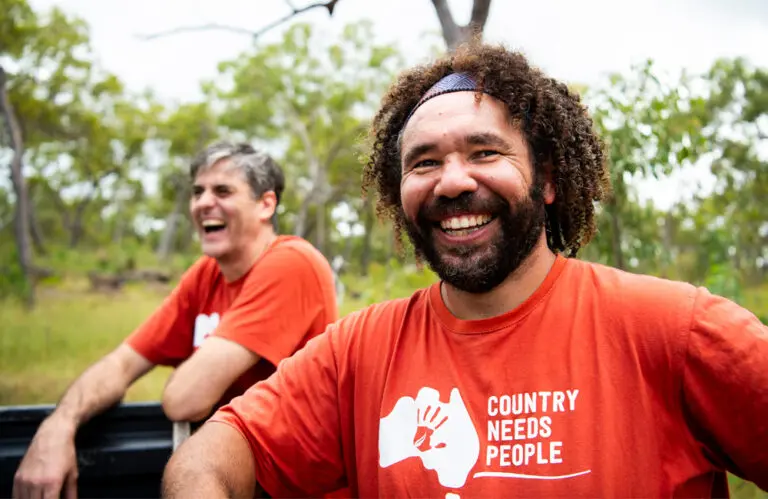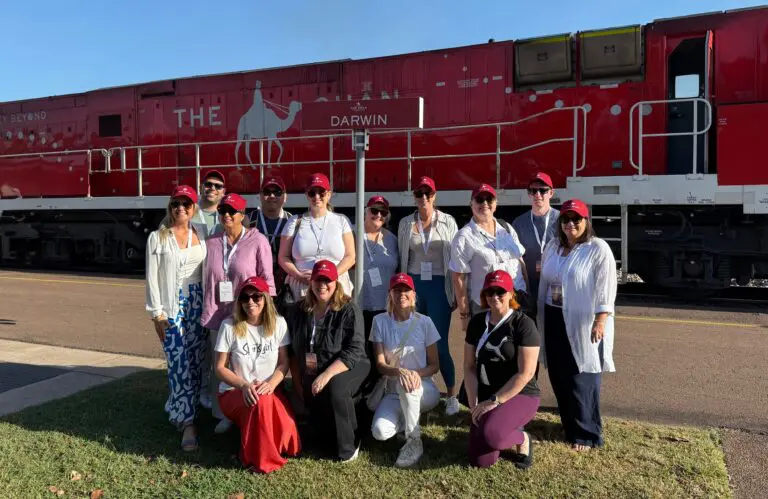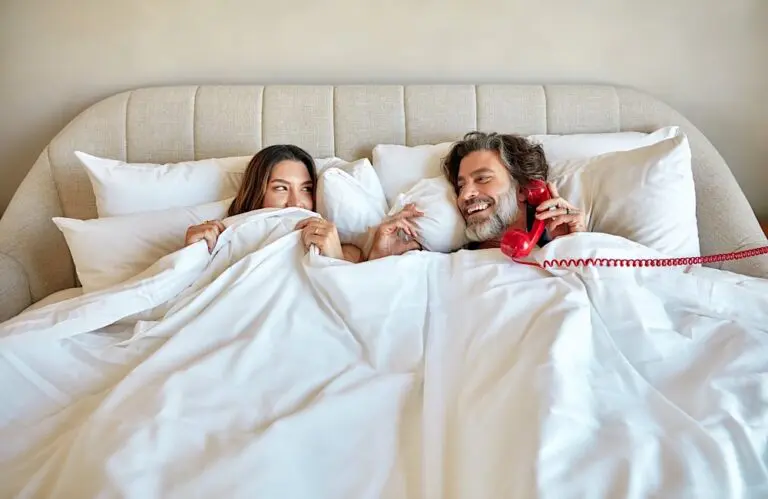Two in three Indigenous-style souvenirs are inauthentic, with no connection to Aboriginal and Torres Strait Islander people, says a new report.
In a draft report released today, the Productivity Commission is calling for mandatory labelling of inauthentic products to warn consumers, a strengthened code of conduct, and protections for Aboriginal and Torres Strait Islander cultural expressions.
Inauthentic products can mislead consumers, deprive Aboriginal and Torres Strait Islander artists of income and disrespect cultures, Productivity Commissioner Romlie Mokak said.
Mandatory labelling would steer consumers toward authentic products and put the compliance burden on those producing fake products, not Aboriginal and Torres Strait Islander artists.
On balance, we consider it is a more practical response than trying to ban inauthentic products, Mr Mokak said.
The Commission found annual sales of Aboriginal and Torres Strait Islander visual arts and crafts, including souvenirs, were about $250 million. Aboriginal and Torres Strait Islander visual arts and crafts support thousands of jobs in many remote communities and are a significant drawcard for tourists.
But Aboriginal and Torres Strait Islander communities face longstanding challenges in protecting their cultures from being misappropriated in visual arts and crafts.

Commissioner Lisa Gropp said that communities had limited legal avenues to protect their sacred stories and symbols from being used without permission and out of context.
Our draft report proposes new legislation that would recognise the rights of Aboriginal and Torres Strait Islander people to protect these cultural expressions, Ms Gropp said.
Many Aboriginal and Torres Strait Islander artists engage successfully with art dealers, galleries and consumers, often through community-controlled art centres. But there are still instances of unscrupulous behaviour towards artists.
While a small number of artists command high prices, the average income for the 5800-7700 artists who sold art through an art centre in 2019/20 was just over $2700. For independent artists, the average income was about $6000.
The Commission also recommends strengthening the support available to artists through the Indigenous Art Code and reviewing the adequacy and effectiveness of government funding to ensure it aligns with community priorities and supports the capacity for future growth.
Want to buy genuine Indigenous products? Start here
For more, head to www.pc.gov.au.
AAP





